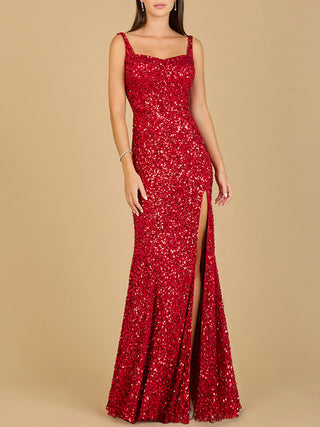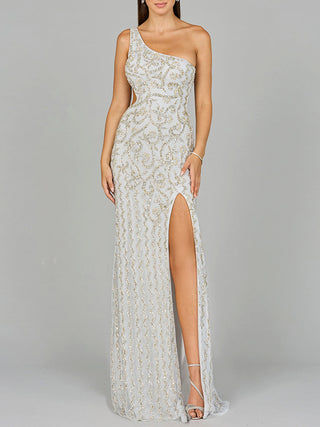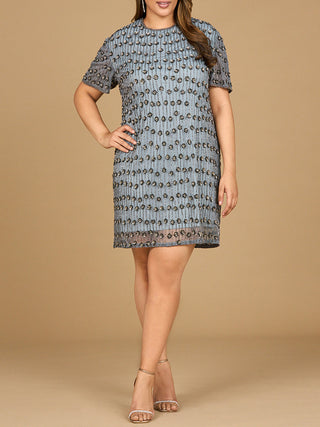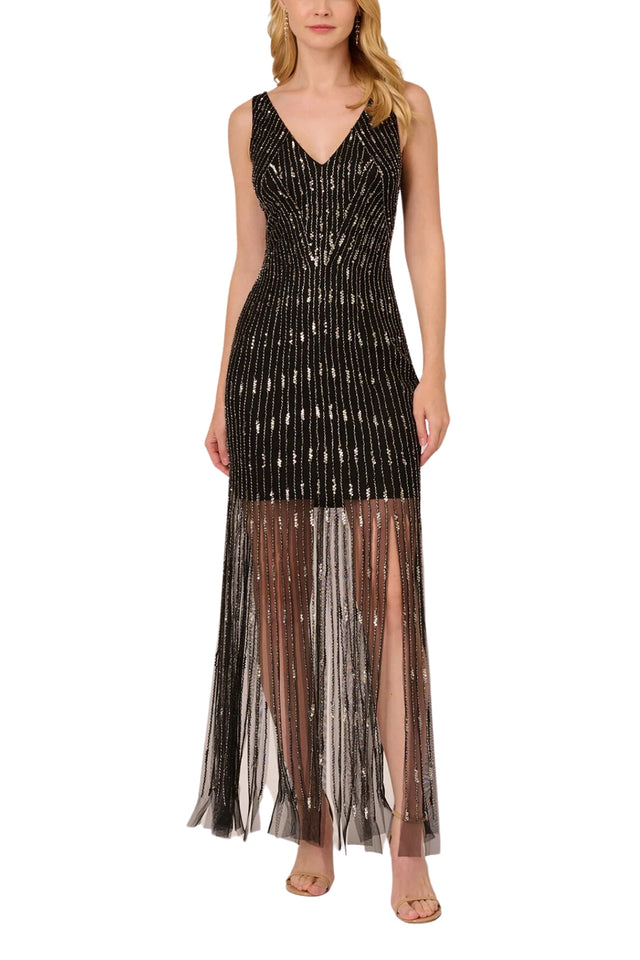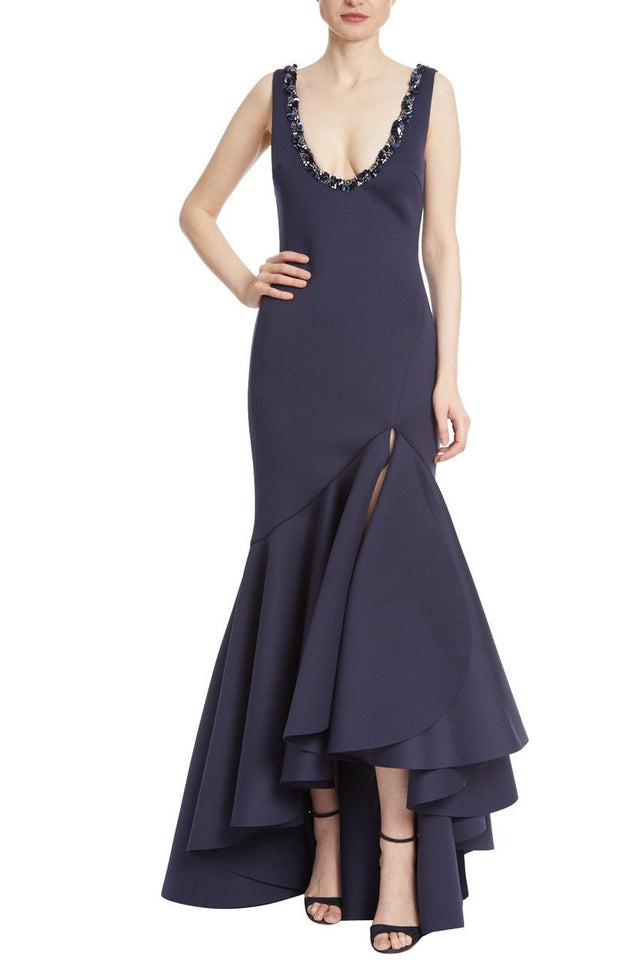Head scarves are more than just pieces of fabric; they carry deep cultural, religious, and social significance.
People have worn versatile clothing for many reasons throughout history. These reasons include modesty, religious beliefs, protection, and fashion.
Head scarves are worn by many people around the world. Muslim women wear hijabs, and some people with natural hair use head wraps. They have different purposes for different cultures.
In this article, we'll explore the cultural significance of head scarves, their historical roots, and their modern-day relevance.
A Brief History of Head Scarves
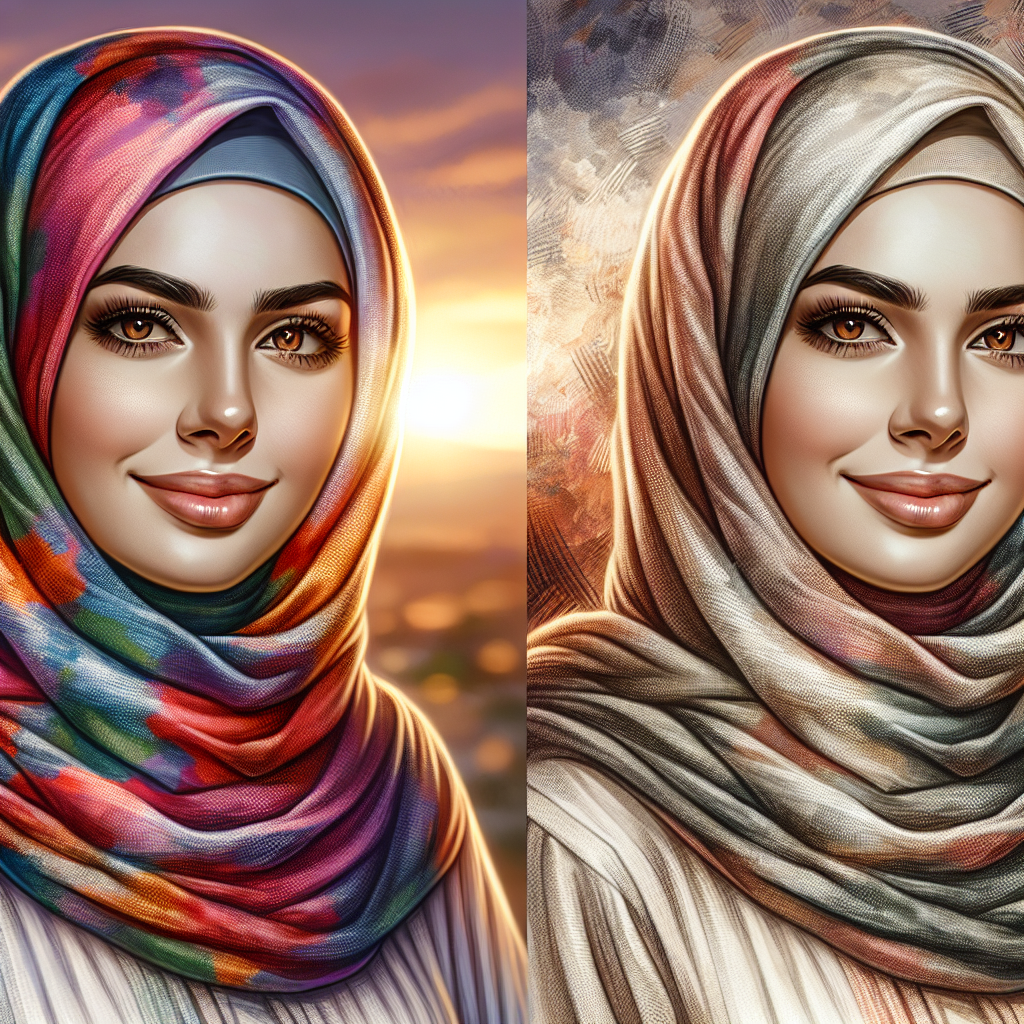
Head scarves have a rich history that spans many cultures and centuries. In ancient times, they were worn for practical reasons, such as protection from the sun or as a sign of social status. For instance, in ancient Egypt, both men and women wore head scarves. These garments often denoted rank and were adorned with jewels or intricate patterns, reflecting the wearer's social standing.
In some cultures, head scarves show if someone is married or are used in religious events. They are an important part of cultural identity.
As time passed, the use of head scarves evolved.
In medieval Europe, women wore these to show modesty and religious devotion. This was often based on religious rules and social customs.
In the Middle East, the tradition of wearing head scarves has deep religious roots, particularly in Islam. The head scarf has transcended its initial purposes, becoming a symbol of cultural continuity and spiritual devotion. Its evolution continues today, reflecting societal changes and the blending of cultures through globalization.
The Hijab: A Symbol of Faith and Identity
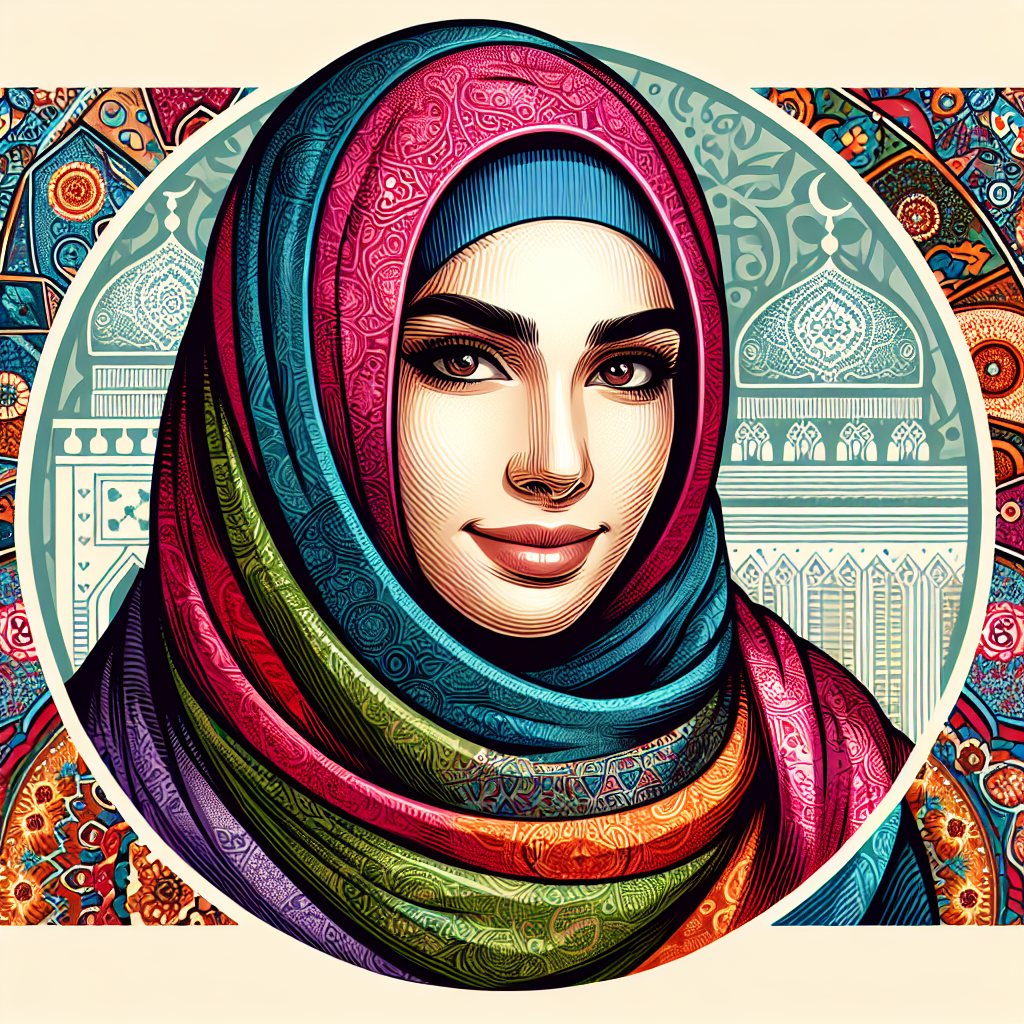
The hijab is perhaps the most well-known type of head scarf in the world today. For Muslim women, wearing a hijab is a symbol of their faith and commitment to modesty. The Quran, the holy book of Islam, instructs women to cover their heads and dress modestly. However, the interpretation of these guidelines varies widely among Muslim communities, leading to diverse expressions of this practice.
Some women like to wear bright and fancy hijabs, while others prefer simpler styles. This shows their different tastes and cultures.
Some women choose to wear the hijab. Others may feel pressure from their family or society to wear it.
Choosing to wear the hijab is a personal choice. It can show one's faith or cultural background.
Despite these differences, the hijab remains a powerful symbol of identity and faith for many Muslim women.
It can help women feel stronger. It allows them to share their views and stand up against stereotypes about Muslim women in many places.
Men's Head Scarves: Tradition and Practicality
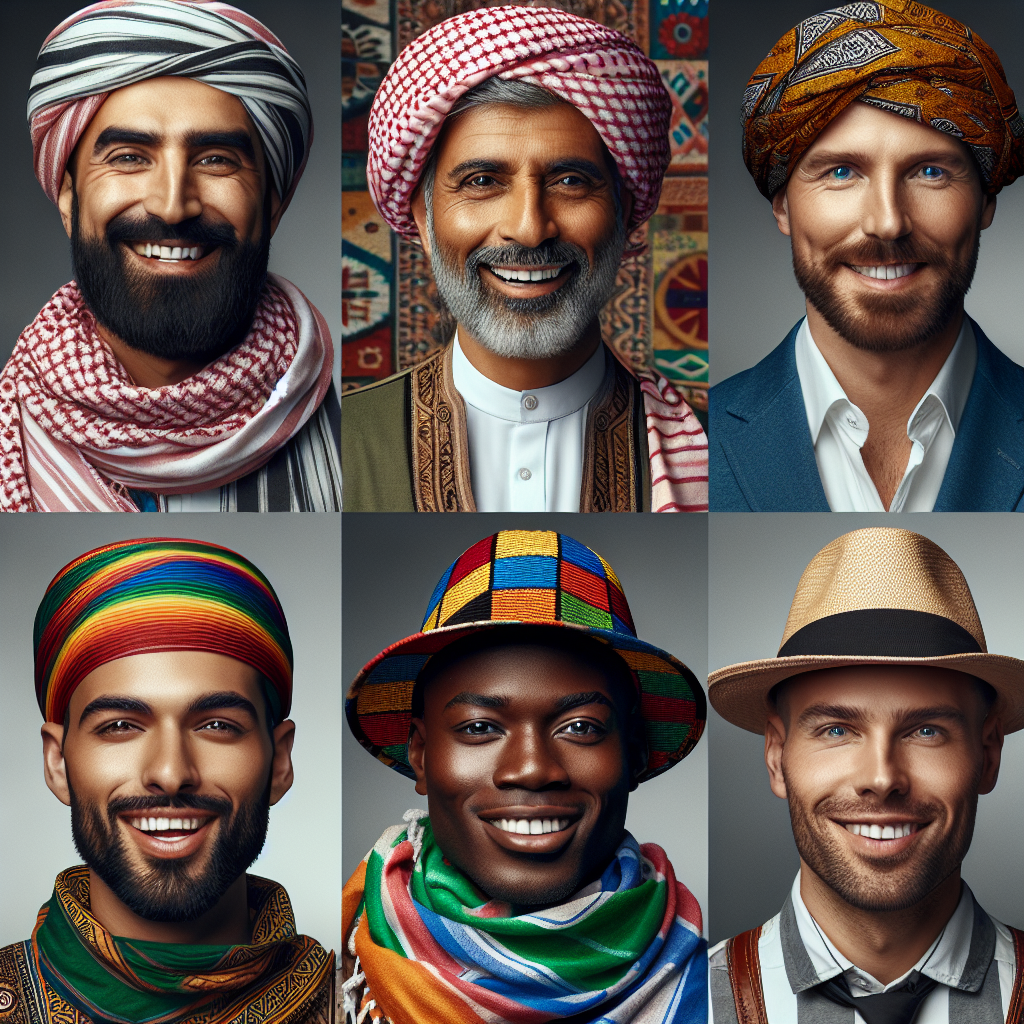
Head scarves are not limited to women; men also wear them for various reasons. In many cultures, men's head scarves serve practical purposes, such as protection from the sun and dust. For example, the keffiyeh is a traditional Middle Eastern head scarf worn by men.
This special clothing is used to cover the head and face from hot desert weather. It’s a smart option for people living in dry areas.
It's customary in numerous African cultures for men to don head wraps, especially during significant events and festivities.
These head wraps can signify social status, age, or marital status. They are often intricately tied and can be adorned with symbols that convey specific messages or affiliations. Beyond their practical uses, men's head scarves often carry deep cultural significance, symbolizing heritage and community. They serve as a testament to the rich tapestry of traditions that define various ethnic groups around the world.
Head Scarves for Natural Hair: Style and Protection
For people with natural hair, head scarves offer both style and protection. Natural hair can be delicate and prone to damage from environmental factors like sun exposure and humidity. Wearing a head scarf can help protect the hair from breakage and retain moisture, making it a practical choice for hair care. This practice is not only about protection but also about embracing and celebrating natural beauty in its many forms.
In addition to their practical benefits, head scarves have become a fashion statement in the natural hair community.
They come in different colors, patterns, and styles. This lets people show off their own style while keeping their hair safe.
For many, wearing a head scarf is a way to embrace cultural roots and make a personal statement about identity and pride. The versatility of head scarves allows them to be styled in countless ways, offering endless possibilities for self-expression and creativity.
Cultural Appropriation vs. Appreciation
The popularity of head scarves has also raised questions about cultural appropriation. Cultural appropriation occurs when elements of one culture are adopted by another culture, often without understanding or respecting their original significance. This can be particularly problematic when it involves marginalized or oppressed communities, leading to a dilution or misrepresentation of cultural symbols. Head scarves, with their deep cultural meanings, are often at the center of these discussions.
On the other hand, cultural appreciation involves understanding and respecting the cultural significance of head scarves. It requires a willingness to learn about the history and meanings behind these garments. It's essential to educate oneself about the history and meaning before incorporating head scarves into one's wardrobe. By doing so, individuals can celebrate diversity while maintaining the integrity of cultural symbols and traditions. This approach fosters mutual respect and enriches our global cultural tapestry.
The Modern-Day Relevance of Head Scarves
In today's globalized world, head scarves continue to hold significant cultural, religious, and social value. They are also a source of pride and identity for many people. Here are a few modern-day contexts in which head scarves are relevant:
Fashion Industry
The fashion industry has embraced head scarves, incorporating them into various collections and runway shows. Designers often draw inspiration from different cultures, creating unique and stylish head scarves that appeal to a broad audience. However, it's crucial for the fashion industry to approach this with sensitivity and respect for the cultural significance of these items. Missteps can lead to accusations of cultural insensitivity or exploitation, underscoring the importance of thoughtful and informed design practices.
Social Movements
Head scarves have also become symbols in various social movements. For example, the hijab has been used in campaigns advocating for women's rights and religious freedom. In some cases, wearing a head scarf can be an act of defiance against oppressive regimes or discriminatory practices. In this context, head scarves become powerful tools for activism, enabling individuals to make visible statements about their beliefs and values. They serve as reminders of the ongoing struggles for equality and justice faced by many around the world.
Personal Expression
For many individuals, head scarves are a form of personal expression.
They let people show their culture, religion, or style.
Whether worn for practical reasons, religious observance, or style, head scarves offer a versatile way to express one's identity. They can be adapted to suit different occasions, moods, and personal preferences, highlighting the wearer's creativity and individuality. Through head scarves, people can connect with their roots and present their unique stories to the world.
How to Wear Head Scarves Respectfully
If you're interested in wearing head scarves, it's essential to do so respectfully. Here are a few tips to keep in mind:
- Educate Yourself: Learn about the history and cultural significance of the head scarf you're interested in wearing. Understanding the context can deepen your appreciation and help avoid misunderstandings.
- Respect Traditions: Be mindful of the traditions and customs associated with head scarves. Avoid wearing them in a way that might be considered disrespectful or trivializing.
- Support Authentic Brands: Consider purchasing head scarves from brands or artisans that respect and honor the cultural significance of these items. Supporting authentic creators helps preserve cultural heritage and promotes ethical fashion.
- Listen and Learn: If someone from a culture that traditionally wears head scarves offers feedback, listen and learn from their perspective. This openness fosters dialogue and mutual respect, enhancing cultural understanding.
Conclusion
Head scarves are rich in cultural, religious, and social significance. From the hijab to men's head scarves and head wraps for natural hair, these items serve various roles in different cultures around the world. By understanding and respecting the history and meaning behind head scarves, we can appreciate their beauty and significance in a meaningful way. These garments are more than mere accessories; they are symbols of heritage, faith, and identity.
Whether you wear a head scarf for religious reasons, cultural pride, or personal style, it's essential to approach it with respect and understanding. By doing so, we can celebrate the diversity and richness of head scarves and the cultures they represent. In recognizing their significance, we honor the stories and traditions they embody, fostering a world where cultural diversity is cherished and celebrated.

